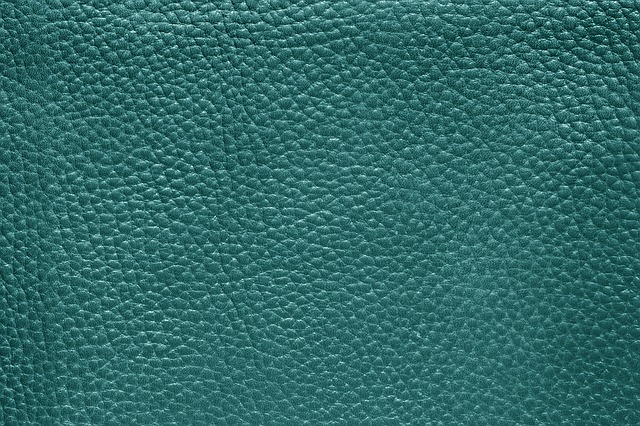It’s one of the questions we get asked the most at Billy Tannery. What’s the difference between goat leather and other types of leather? There are so many types of leather that it’s a very broad question, but simply put, compared to most other common leathers goatskin is relatively thin and lightweight, while also being very durable with a beautiful pronounced grain texture.
What are the benefits of goat leather?
We may be biased, but at Billy Tannery we’re evangelical about the many benefits of goat leather. An unsung hero of the leather world, it’s both fine and soft but also strong and long lasting. Many of these benefits stem from the fact that goats are incredibly hardy animals that can survive in harsh climates. A coarse coat of hair leaves clearly defined markings in the skin that result in the striking grain pattern seen on the leather. Goatskin also contains natural oils that make it supple while also having high tensile strength.
Many of the oldest surviving leather artefacts are made from goatskin, such as the St Cuthbert Gospel which is the oldest example of leather bookbinding in Europe. Kept in the British Library, this red goatskin bible was made in the early 8th-century, more than a thousand years ago. That’s not a bad advert for goat leather’s longevity.
How is goatskin leather different from cowhide?
If you imagine the difference in size between a goat and a cow, that gives you a pretty good idea about one of the main differences: goatskins are much smaller than cowhides. This is an important factor for leather workers who need large panel sizes for their designs. Another obvious difference is the thickness as generally goat leather is much thinner. It’s true that cowhide is often split down into many layers, but a full-grain piece of bovine leather can be 5mm and above. Goatskin tends to be between 0.9 – 1.6mm, making it ideal for lots of uses including bags, small leather accessories and bookbinding.
As mentioned earlier, the unique grain pattern of goat leather is also a major point of difference. It is possible to tumble or “dry mill” cow leather to bring out a pebbly grain, but naturally it has a much smoother grain. It’s also worth noting that when you need rigid strength in a leather product, such as a handle or strap, a thick cowhide is going to be your best bet. This is due to the softness and relative elasticity of goat leather which doesn’t lend itself well to this use. For example, all Billy Tannery products that require a strap or handle use a 3mm vegetable tanned bridle leather. It’s also why we don’t make belts or dog collars, despite the regular requests for them!
Is goat leather similar to sheepskin or deer leather?
You might expect sheepskin, often called lambskin or shearling, to be fairly similar to goatskin given that the animals are fairly similar. Generally though sheepskin is tanned with the wool intact, which obviously gives it a totally different look and feel. It is also possible to find sheep leather which is tanned with the hair removed and is regarded as the lightest weight leather that you can buy. Due to this it is often described as buttery or velvety soft, but isn’t particularly hard wearing. Sheep leather is therefore often used for lightweight leather jackets or other clothing items.
Deerskin leather is a rival to goatskin in terms of toughness and durability for a relatively lightweight material. However as deerskin is often sourced from wild animals the leather is more likely to have scratches and scars than other leathers that are by-products of farming and the food industry. The UK deer population is actually thought to be at the highest level for over a thousand years, with an estimated two million deer living in the wild. The population has doubled in the past twenty years alone, so conservationists now promote planned cullings of the populations to prevent damage to the rest of the ecosystem. Similar to the situation with goatskins that led to us founding Billy Tannery, there is also an opportunity to make use of thousands of deerskins currently going to waste that we are exploring.
What is bonded leather?
Often when looking at leather options, the phrase bonded leather will come up. It may sound like a stronger version of genuine leather, but in fact bonded leather is made by mixing shredded leather fibres with smaller quantities of other fibres such as paper or cloth. Bonded leather also usually laminated using polyurethane, which comes with the potential for a host of environmental issues. Once embossed with a leather pattern it is often difficult to differentiate between bonded leather and genuine leather, but over time the performance is often inferior with flaking and peeling likely.
Conclusions
The differences between goatskin leather and the many other options is such a vast topic that we plan to continue updating this post as we discover more. Overall we hope you can agree that goat leather deserves much more attention than it currently gets in the mainstream. The combination of a striking grain pattern, durability and on top of all that, the fact that in the British goatskins were previously being destroyed, make for a high performing and sustainable material.

